A feckless CHR by design
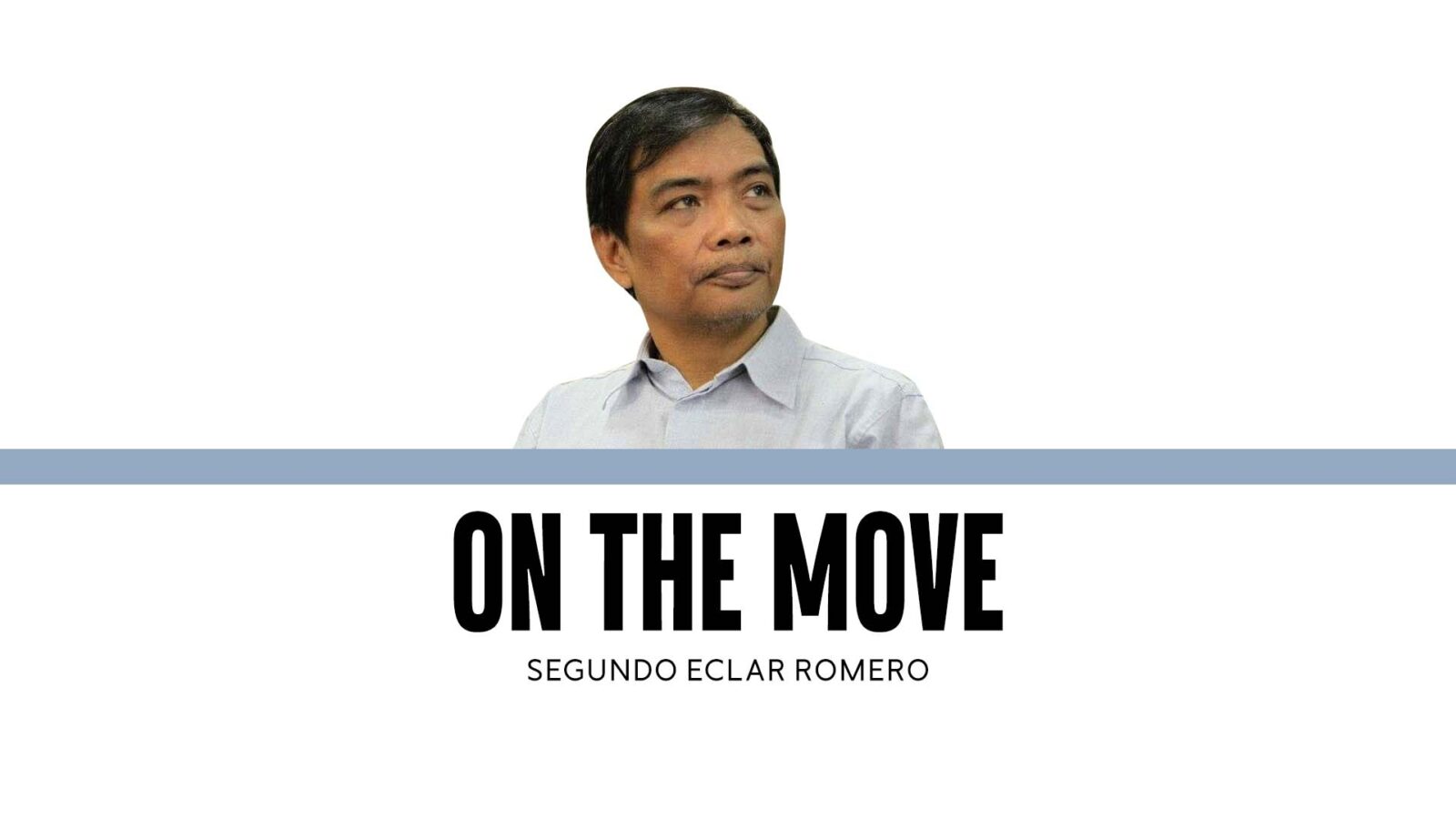
The faces of the missing sabungeros haunt us not just because of their unresolved disappearance, but because they expose a deeper national lie. Thirty-four men vanished under a brutal, escalated expression of a warped, quaint notion of “sabungan” justice. Their disappearance is not just a crime—it is a scarlet letter branded on the conscience of the Filipino republic.
We proclaim ourselves a democracy, with a Commission on Human Rights (CHR) enshrined in the 1987 Constitution to protect the dignity and rights of every Filipino. Yet when it truly counts—when human beings disappear, casually and callously silenced and killed—our institutions retreat into impotence. Nowhere is this hypocrisy more glaring than in the way we have institutionally abandoned the CHR while pretending to uphold it.
The CHR flagged the alarming pattern of e-sabong-linked disappearances as early as 2022. It called for investigations, emphasized the right to life and due process, and conducted fact-finding missions. But these efforts hardly made a dent.
In February 2022, CHR spokesperson Atty. Jacqueline Ann de Guia announced the commission’s initiation of its motu proprio investigation. By July 2022, it was still validating information as cooperation with authorities remained limited. Families of victims participated in hearings and dialogues, but many did not elevate their cases to the CHR—either due to distrust, fear, or a learned helplessness toward institutions perceived as symbolic rather than effective. The commission tried to respond. But in the end, it remained unheard, underfunded, and unarmed.
During then Chair Chito Gascon’s tenure, the CHR was visible, defiant, and moral. It fought back against the normalization of extrajudicial killings and dared to name impunity. Since his passing in 2021, the commission’s public profile has dimmed. Under the current leadership, the CHR has pursued quieter diplomacy and internal reform, but arguably at the cost of public influence. While the CHR has released periodic statements on key issues—including Red-tagging, the ICC probe, and journalist safety—it has avoided the louder confrontations that characterized the Gascon era.
This feebleness is no accident. The CHR has been disarmed by design. Its constitutional mandate is noble, but its operational capacity has been deliberately crippled. It cannot prosecute. It cannot subpoena with force. It cannot compel the police to cooperate. Its findings are advisory—toothless in a country where even the law is treated like a suggestion.
In 2017, the House of Representatives moved to slash the CHR’s budget to a single peso. That symbolic assault was later reversed, but the message stuck: human rights are not valued unless they align with the ruling order’s convenience.
This erosion did not begin with the sabungeros. It escalated under then President Rodrigo Duterte’s war on drugs, during which over 30,000 deaths were justified under the banner of crime control. Due process became a punchline. Human rights became a “nuisance.” And the CHR became a pariah in its own land.
Today, we are reaping the moral fallout. Syndicates have learned from the state: violence without consequence is possible so long as the victims are invisible, poor, or criminalized.
It is time we stopped pretending the CHR is enough as it is. We must demand a CHR charter law that gives it: independent subpoena power, prosecutorial referral authority, guaranteed annual funding, shielded from political manipulation, protective mechanisms for whistleblowers and cooperating victims, and embedded roles in education, policy review, and law enforcement accountability.
Other constitutional bodies can and must act in solidarity. The Office of the Ombudsman holds prosecutorial power over public officials, but it rarely exercises moral leadership on human rights. The Commission on Audit can expose budgetary irregularities in law enforcement agencies linked to these failures. The Civil Service Commission can recommend sanctions for derelict public servants. The Supreme Court, through its power to promulgate rules, can expand judicial remedies in enforced disappearances. These institutions need to begin acting more as moral agents, not siloed bureaucracies.
The deaths of sabungeros—like the deaths of drug suspects before them—do not stir the sustained and elevated outrage they should. This is the real tragedy: we have killed not just people, but our capacity to be shocked into transformative action by their killing. Let the case of the sabungeros be our mirror and our reckoning. Because a republic that cannot protect its people from both state and syndicate violence is not a republic at all. It is a masquerade.

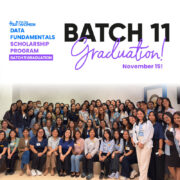




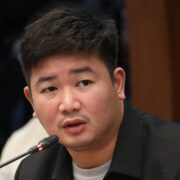

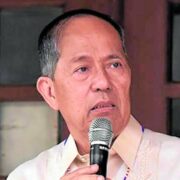

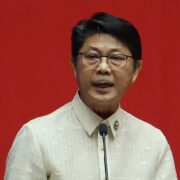
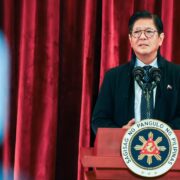



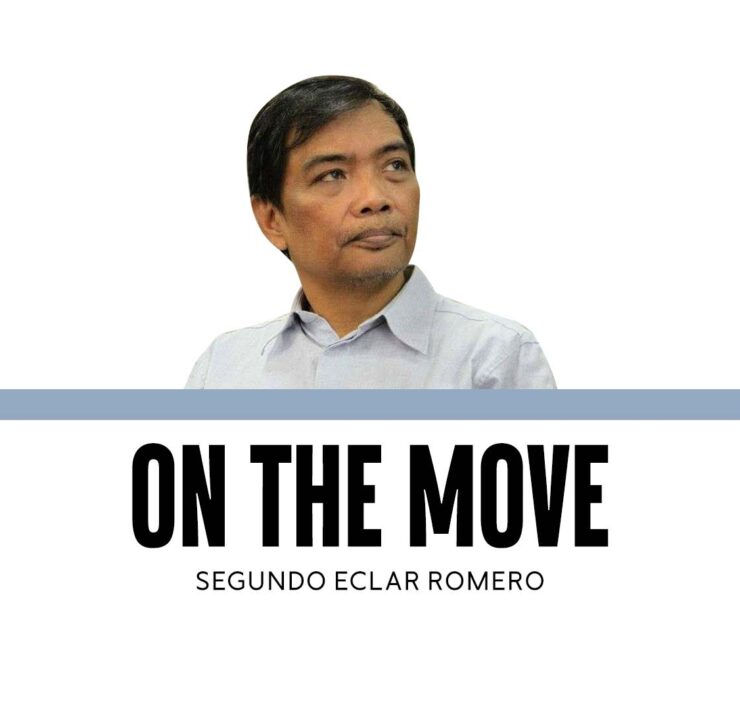


How Filipinos cope with energy insecurity